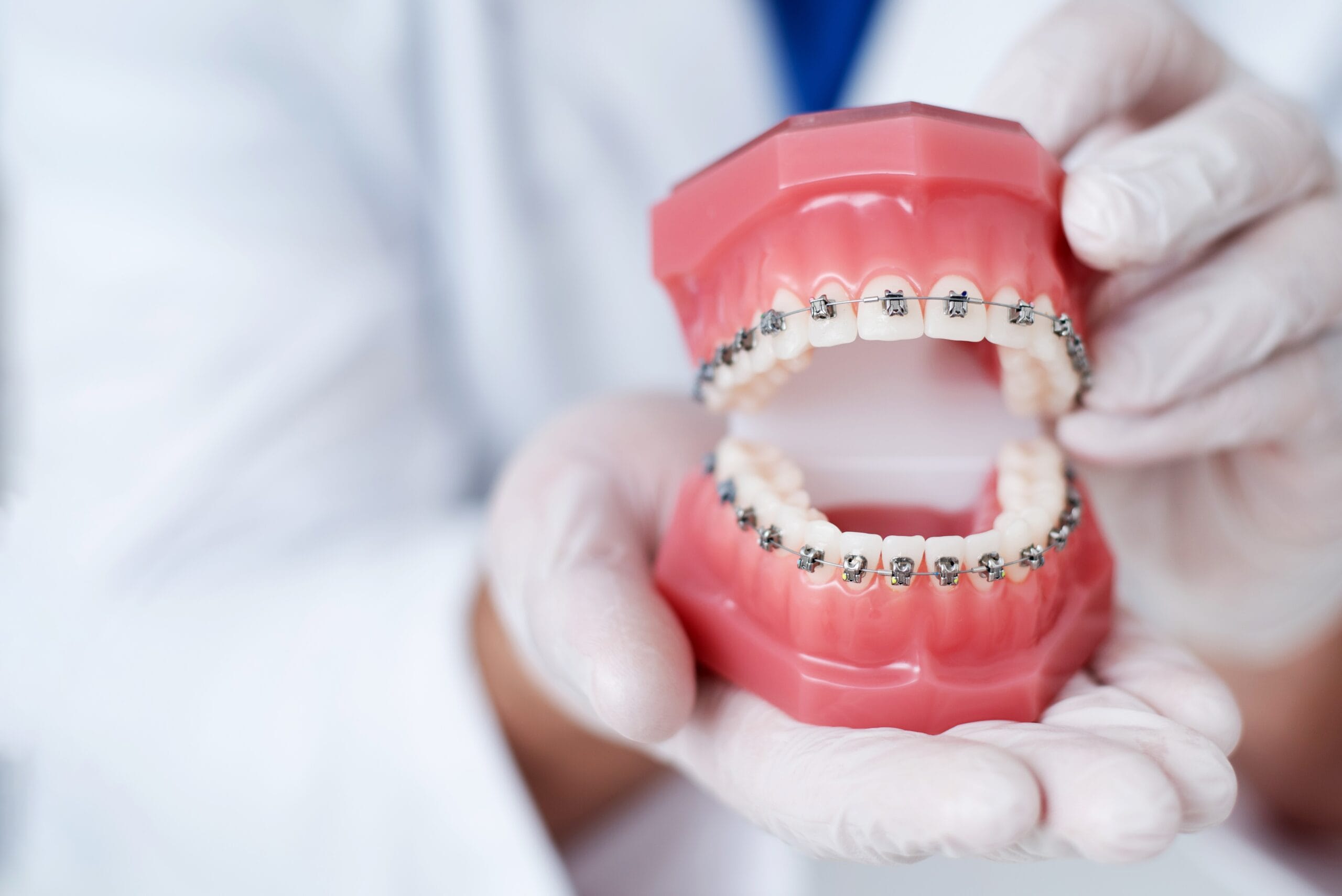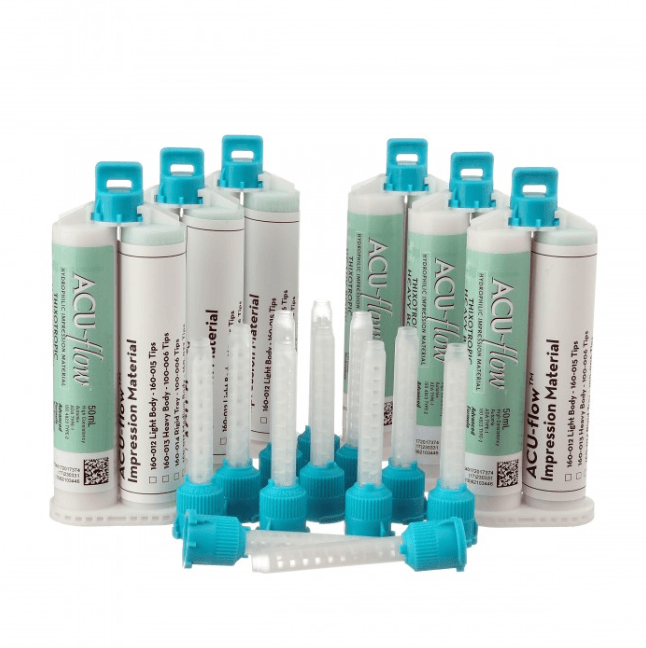Root resorption is a serious dental condition that can lead to tooth loss if left untreated. It occurs when the body’s own cells begin to break down and dissolve the root structure of teeth from the inside out. While relatively rare, understanding the causes, symptoms, diagnosis, and treatment of root resorption is crucial for preserving your smile.
What is Root Resorption?
Root resorption is the progressive destruction of the tooth’s root structure. It happens when specialized cells called odontoclasts begin to dissolve and resorb the hard tissues that make up the root.
There are two main types of root resorption:
Internal Resorption
- Occurs when the breakdown happens from the inside of the tooth
- Often results from trauma or injury that damages the pulp (nerve) tissue
- Can spread rapidly once it begins
External Resorption
- More common type where resorption starts from the tooth’s outer root surface
- Often linked to excessive orthodontic forces, injuries, or underlying conditions
- May be self-limiting in some cases if the cause is removed
If too much root structure is lost, the tooth can become loose and may eventually fall out or require extraction.
What Causes Root Resorption?
Several potential triggers can set off the resorption process:
Dental Trauma or Injury
- Cracks, chips, or dislodged teeth from accidents or sports injuries
- Can expose the inner tooth to the body’s inflammatory response
Orthodontic Treatment
- Excessive force from braces or aligners puts pressure on roots
- More common with improper appliance fitting or poor treatment planning
- New techniques have reduced this risk significantly
Chronic Dental Infections
- Abscesses, cysts, or tumors near tooth roots
- Body mistakes the infected tooth as a “foreign object” to be eliminated
Genetic or Systemic Conditions
- Rare disorders like Paget’s disease or hyperparathyroidism increase risk
- Some individuals may have a genetic predisposition
Tooth Whitening Treatments
- Overuse of whitening products can potentially trigger resorption in some cases
- Following product instructions carefully is important
Early detection is key, as root resorption often has no obvious symptoms until significant damage has occurred.
Signs and Symptoms of Root Resorption
Unfortunately, root resorption is typically asymptomatic in its early stages. As it progresses, some potential signs include:
- Tooth Sensitivity or Pain – Especially to hot, cold, or pressure
- Loose or Mobile Teeth – As root structure is lost, teeth become unstable
- Bite Changes or Tooth Movement – Shifting tooth position as roots dissolve
- Gum Swelling or Infection – If resorption reaches the tooth pulp
- Tooth Discoloration – Pink or bluish hue as inner layers become visible
Many of these symptoms can also indicate other dental issues, so professional evaluation is needed for proper diagnosis.
How is Root Resorption Diagnosed?
To check for root resorption, dentists rely on several diagnostic tools:
Dental X-Rays
- Periapical or bitewing x-rays show root structure below the gum line
- Cone beam CT (CBCT) scans provide detailed 3D imaging
Clinical Examination
- Checking for loose teeth, swelling, sinus tracts, or abscesses
- Probing gum pockets to detect abnormal gaps or defects
Patient History
- Details on any recent dental trauma, orthodontic treatment, or systemic conditions
Pulp Vitality Testing
- Checks if the tooth nerve is still alive or has become infected/necrotic
Early detection gives the best chance for effective treatment before too much root loss occurs.
Treatment Options for Root Resorption
The appropriate treatment depends on the type, location, and severity of the resorption:
Monitoring and Preventive Care
- For mild cases, removing the cause may allow resorption to self-arrest
- Applying dental dressings or fluoride to remineralize affected areas
Root Canal Treatment
- If internal resorption reaches the pulp, root canal is needed to remove infected tissue
- Tooth is then restored with a filling or crown to seal it
Direct Restoration or Splinting
- For external resorption, filling defects or splinting loose teeth may be options
- Prevents further breakdown but doesn’t restore lost root structure
Root Surgery
- Involves accessing the root surface and removing resorptive defects
- Grafting materials can be used to encourage regrowth in some cases
Tooth Extraction
- For severe cases with significant root loss, extraction may be required
- The extracted tooth is then replaced with a dental implant or bridge
Addressing the underlying cause is essential, whether that’s adjusting orthodontic forces, treating infections, or managing systemic conditions.
Prevention and Early Intervention
While not always preventable, there are steps you can take to reduce your risk:
- Use a Mouthguard for Sports – Helps prevent dental injuries and trauma
- Maintain Good Oral Hygiene – Brush gently but thoroughly to avoid infections
- Get Regular Dental Checkups – Allows for early detection and monitoring
- Follow Orthodontic Instructions – Prevents excessive forces on tooth roots
- Avoid Overusing Whitening Products – Moderation is key to prevent sensitivity
If you experience any symptoms like tooth pain, bite changes, or increased mobility, don’t ignore it. See your dentist promptly for an evaluation, as early treatment provides the best prognosis.
With proper precautions, routine care, and timely intervention when needed, the risks of root resorption can be effectively managed in most cases.
The Importance of Prompt Treatment
Catching root resorption early is crucial, as the damage is often painless and progresses rapidly once it starts. By the time symptoms like loose teeth or sensitivity arise, significant root structure may already be lost.
Postponing treatment allows the resorption to continue unchecked, increasing the likelihood that the tooth will become so compromised that it requires extraction. This can lead to more complex and costly procedures like bone grafting or dental implants down the road.
On the other hand, early detection and management gives you the best chance to halt the resorption process and preserve as much of the natural tooth structure as possible. With appropriate treatment, many resorption cases can be successfully controlled or repaired.
Don’t take chances with your smile. If you experience any signs of root resorption or are at higher risk due to recent dental work or trauma, schedule an appointment with your dentist right away for a comprehensive examination.
The Role of Dental Professionals
While root resorption can be concerning, working closely with an experienced dental team provides you with the greatest advantage. Dentists, orthodontists, endodontists and other specialists play vital roles:
General Dentists
- Perform routine screenings to check for early signs of resorption
- Coordinate treatment planning and referrals as needed
- Provide preventive education on reducing risk factors
Orthodontists
- Carefully control forces during orthodontic treatment
- Monitor for any signs of root resorption during tooth movement
- Modify treatment approaches if resorption is detected
Endodontists
- Specialize in root canal treatment for internal resorption cases
- Use advanced techniques like apical surgery when needed
Oral Surgeons
- Perform tooth extractions for severe resorption if required
- Place dental implants after extractions to restore function
With their combined expertise, your dental team can develop a personalized strategy to manage root resorption effectively while prioritizing your long-term oral health.
Costs and Insurance Considerations
Treatment for root resorption can vary significantly in cost depending on the severity and approach required. Some potential expenses to be aware of include:
- Diagnostic Imaging (X-rays, CBCT scans): $25 – $300
- Root Canal Treatment: $600 – $1,400
- Direct Restorations (Fillings, Crowns): $150 – $1,500 per tooth
- Root Surgery (Apicoectomy): $500 – $1,500 per root
- Tooth Extraction: $150 – $400
- Dental Implant: $3,000 – $6,000
Many dental insurance plans provide coverage for a portion of common procedures like root canals, fillings, and extractions after meeting your deductible. However, more advanced treatments like root surgery or implants may only be partially covered or require higher co-pays.
To avoid excessive out-of-pocket costs, discuss your treatment plan and payment options with your dentist in advance. They can help determine if any procedures qualify for insurance coverage and provide cost estimates.
Investing in supplemental dental insurance or joining a dental savings plan can also make these treatments more affordable if your regular policy has limitations.
The key is being proactive about your oral health. Addressing root resorption promptly is far more cost-effective than delaying treatment until more extensive and expensive procedures become necessary.
Conclusion: Preserving Your Smile
Root resorption is a serious condition, but one that can often be successfully managed with proper care and intervention. By understanding the causes, risk factors, and symptoms, you can take steps to prevent issues or catch them early when treatment is most effective.
Work closely with your dental team to develop a strategy tailored to your unique situation. With their expertise and the latest techniques, the impacts of root resorption can be minimized in most cases.
Don’t ignore any signs of tooth pain, mobility, or bite changes. Schedule an appointment promptly for an evaluation if you experience potential symptoms or are at higher risk due to recent dental work or trauma. Addressing root resorption proactively gives you the best chance at preserving your natural teeth for years to come.
Key Takeaways:
- Root resorption is the progressive breakdown of tooth root structure
- Often linked to trauma, orthodontics, infections, or genetic conditions
- Early signs include tooth sensitivity, loosening, and bite changes
- Prompt treatment is crucial – delaying allows further root loss
- Options range from monitoring to root canals, surgery, or extraction
- Work closely with your dental team for optimal prevention and management
- Invest in dental insurance to make treatment costs more affordable
- Don’t ignore symptoms – see your dentist right away for evaluation
With professional guidance and a proactive approach, you can effectively protect your smile from the damaging effects of root resorption.
FAQs
Root resorption, also known as tooth resorption, is the progressive loss of dentin and cementum by the action of odontoclasts. This is a normal physiological process that occurs in the exfoliation of the primary dentition. However, pathological root resorption occurs in the permanent or secondary dentition and sometimes in the primary dentition.
Root resorption in permanent dentition is pathological and often occurs due to inflammation caused by pulp necrosis, trauma, periodontal treatment, orthodontic tooth movement, and tooth whitening. Less common causes include pressure from malpositioned ectopic teeth, cysts, and tumors. Other causes include tooth nerve or gum infection, tooth movement due to orthodontic treatment, impacted teeth, or chronic teeth grinding.
Symptoms of root resorption can include pain stemming from the root, crown, or inside of a tooth, dark or pinkish discoloration, swelling of the gums, and cavity-like holes in teeth. However, symptoms are not always clear and may not be noticed until the condition has advanced to a more serious stage.
Root resorption is usually diagnosed on orthopantomographies, which offer advantages such as low radiation exposure and an entire dental arch view. However, cone beam computer tomography (CBCT) may be recommended in some cases to confirm the diagnosis.
Treatment of root resorption is dependent on the etiology. In cases where the resorption is due to pulpal necrosis and periodontal injury, nonsurgical pulp space therapy is performed. Complete chemomechanical preparation is considered an essential step in root canal disinfection. Other treatments can include dental crowns, tooth extraction, and gum surgery. However, the specific treatment varies depending on the cause and severity of the root resorption.
Prevention of root resorption can be challenging due to the variety of potential causes. However, maintaining good oral hygiene, avoiding trauma to the teeth, and seeking timely dental care for issues such as tooth infections or orthodontic problems can help reduce th














